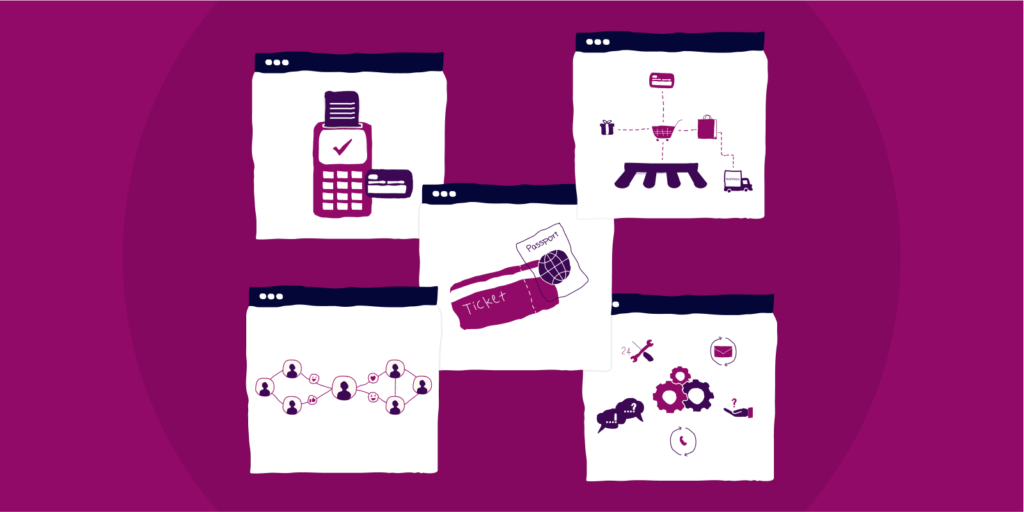Web Development ماهو ؟
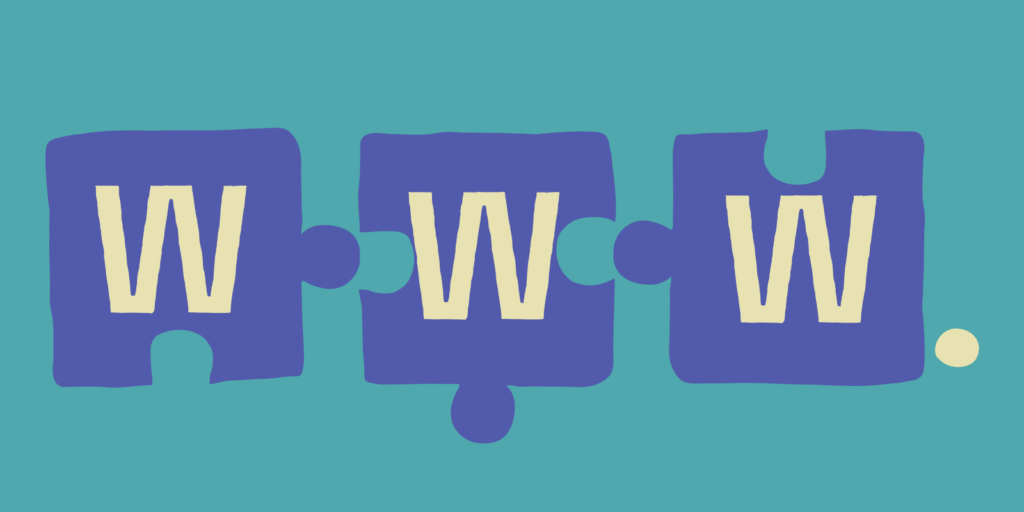
Created: 22 Jul, 2022
Last Edit: 17 Mar, 2025
Web development refers to the process of building, creating, and maintaining websites and web applications. It encompasses everything from a simple static webpage to complex web-based applications, social network services, and electronic businesses.
At its core, web development involves:
- Creating the visual design and layout of websites
- Coding the functionality using various programming languages
- Ensuring websites are responsive and optimized for different devices
- Integrating with databases and back-end systems
- Implementing security measures and best practices
The importance of web development in today's digital age cannot be overstated. Websites and web applications have become critical for businesses, organizations, and individuals to:
- Establish an online presence and reach a global audience
- Provide information and services to users 24/7
- Conduct e-commerce and online transactions
- Facilitate communication and collaboration
- Collect data and gain insights on users
Web development is a rapidly evolving field that requires continuous learning to keep up with new technologies, frameworks, and best practices. It offers exciting opportunities for creativity, problem-solving, and innovation.
Key Differences
It's important to distinguish web development from related fields:
| Web Development | Web Design | Programming |
|---|---|---|
| Focuses on building functional websites and applications | Focuses on the visual and aesthetic aspects | Broader field covering software development |
| Involves coding and technical implementation | Involves visual design, UX, and layouts | Can include web, mobile, desktop, etc. |
| Uses languages like HTML, CSS, JavaScript | Uses design tools like Photoshop, Sketch | Uses various programming languages |
While there is some overlap, web development is specifically focused on creating functional websites and web applications using web technologies.
The Two Faces: Front-end vs Back-end
Web development is commonly divided into two main areas - front-end and back-end development. Understanding this distinction is crucial for grasping the full scope of web development.
Front-end Development (Client-side)
Front-end development focuses on what users see and interact with directly in their web browsers. It involves creating the visual elements, layout, and user interface of a website.
Key aspects of front-end development include:
Languages and Technologies:
- HTML (HyperText Markup Language)
- CSS (Cascading Style Sheets)
- JavaScript
- Front-end frameworks like React, Angular, Vue.js
Responsibilities:
- Implementing visual elements and layouts
- Ensuring responsive design for different screen sizes
- Creating interactive features and animations
- Optimizing site performance and load times
- Ensuring cross-browser compatibility
Front-end developers need to have a good eye for design and user experience, along with strong technical skills to bring designs to life.
Back-end Development (Server-side)
Back-end development deals with the server-side of web applications - the parts users don't see directly but that power the core functionality.
Key aspects of back-end development include:
- Languages and Frameworks:
- PHP, Ruby, Python, Java, .NET
- Node.js
- Frameworks like Laravel, Ruby on Rails, Django, Express
- Responsibilities:
- Developing server-side logic
- Integrating with databases
- Creating and managing APIs
- Implementing authentication and security
- Handling data storage and retrieval
- Server configuration and deployment
Back-end developers focus more on the logical implementation and data processing that happens behind the scenes.
The Collaborative Roles
While front-end and back-end development have distinct focuses, they are deeply interconnected. Full-stack developers work across both areas, and even specialized developers need to understand how both sides interact.
Some key points of collaboration include:
- Ensuring data from the back-end is properly displayed on the front-end
- Implementing user interactions that trigger server-side processes
- Optimizing performance across the full stack
- Maintaining consistency in application logic and data flow
Effective web development requires seamless integration between front-end and back-end components to create cohesive, functional web applications.
Demystifying the Web Development Process
Creating a website or web application involves several key stages. While the exact process can vary based on the project's complexity and requirements, here's a general overview of the web development lifecycle:
- Planning and Goal Setting
- Define the purpose and objectives of the website
- Identify the target audience
- Outline key features and functionality
- Set project timelines and milestones
- Information Architecture and Site Mapping
- Organize content and define the website structure
- Create a sitemap showing page hierarchy
- Plan user flows and navigation paths
- Acquiring a Domain Name
- Choose and register a domain name
- Consider SEO and branding in domain selection
- Building the Back-end
- Set up servers and databases
- Implement server-side logic and APIs
- Integrate Content Management System (CMS) if required
- Constructing the Front-end
- Create wireframes and mockups
- Develop responsive layouts using HTML and CSS
- Implement interactivity with JavaScript
- Ensure cross-browser compatibility
- Testing and Deployment
- Conduct thorough testing (functionality, usability, performance)
- Fix bugs and optimize code
- Deploy the website to production servers
- Set up monitoring and analytics
Throughout this process, it's crucial to maintain open communication with stakeholders, gather feedback, and iterate on the design and functionality as needed.
Programming Languages: The Building Blocks
Web development relies on a variety of programming languages, each serving specific purposes in creating functional and interactive websites. Here's an overview of the most important languages:
Front-end Languages
- HTML (HyperText Markup Language)
- The backbone of web content
- Defines the structure and content of web pages
- Uses tags to mark up elements like headings, paragraphs, images
- CSS (Cascading Style Sheets)
- Controls the visual presentation of HTML elements
- Handles layout, colors, fonts, and responsive design
- Allows for separation of design from content
- JavaScript
- Adds interactivity and dynamic behavior to web pages
- Can manipulate the DOM (Document Object Model)
- Enables client-side scripting for enhanced user experience
Back-end Languages
- PHP
- Server-side scripting language
- Widely used for web development
- Powers popular CMS like WordPress
- Ruby
- Known for its simplicity and readability
- Often used with the Ruby on Rails framework
- Python
- Versatile language used in web development, data science, AI
- Popular frameworks include Django and Flask
- Java
- Robust, object-oriented language
- Used for building large-scale web applications
Frameworks and Libraries
Frameworks and libraries build upon these core languages to provide additional functionality and streamline development:
- Front-end: React, Angular, Vue.js
- Back-end: Laravel (PHP), Ruby on Rails, Django (Python), Express (Node.js)
Databases and Query Languages
Web applications often need to store and retrieve data. Common database systems include:
- MySQL
- PostgreSQL
- MongoDB
- Oracle
SQL (Structured Query Language) is used for managing relational databases, while NoSQL databases like MongoDB use different query methods.
Mastering these languages and tools is essential for becoming a proficient web developer. The choice of languages and frameworks often depends on project requirements, team expertise, and industry trends.
Skills for Successful Web Developers
Becoming a successful web developer requires a combination of technical skills, soft skills, and continuous learning. Here are the key skills that every web developer should strive to develop:
Technical Skills
- Coding and Programming
- Proficiency in HTML, CSS, and JavaScript
- Knowledge of server-side languages (e.g., PHP, Ruby, Python)
- Understanding of database management
- Frameworks and Libraries
- Familiarity with popular frameworks (e.g., React, Angular, Vue.js)
- Ability to work with CSS frameworks like Bootstrap
- Version Control
- Proficiency in Git for code management and collaboration
- Responsive Design
- Creating websites that work well on all devices and screen sizes
- Web Performance Optimization
- Techniques to improve loading speed and efficiency
- Browser Developer Tools
- Proficiency in using browser tools for debugging and optimization
Analytical and Problem-Solving Abilities
- Logical thinking and systematic approach to solving issues
- Ability to debug code and troubleshoot problems
- Creative problem-solving to find innovative solutions
Understanding of UI/UX Principles
- Basic design skills and aesthetic sense
- Knowledge of user experience best practices
- Ability to create intuitive and user-friendly interfaces
Attention to Detail and Time Management
- Meticulousness in coding and testing
- Ability to manage multiple projects and meet deadlines
- Organizational skills to handle complex development tasks
Continuous Learning and Adaptability
- Staying updated with the latest web technologies and trends
- Willingness to learn new languages and frameworks
- Adaptability to changing project requirements and technologies
Collaboration and Communication
- Ability to work effectively in a team
- Clear communication of technical concepts to non-technical stakeholders
- Skills in project management and client relations
Developing these skills takes time and practice. Aspiring web developers should focus on building a strong foundation in core technologies while also cultivating soft skills that are crucial for career growth.
Read also:
Navigating the Web Developer Career Path
The career path of a web developer can be diverse and rewarding, offering numerous opportunities for growth and specialization. Here's an overview of the typical progression in a web development career:
Entry-level Roles
- Junior Developer
- Focus on learning and assisting with basic tasks
- Work under supervision of senior developers
- Typically requires knowledge of HTML, CSS, and basic JavaScript
- Intern
- Gain practical experience in a professional setting
- Learn development processes and team collaboration
- Often leads to junior developer positions
Gaining Experience and Specializing
As developers gain experience, they often specialize in specific areas:
- Front-end Developer
- Back-end Developer
- Full-stack Developer
- UX/UI Developer
- Mobile Web Developer
Mid-level Roles
- Full-stack Developer
- Proficient in both front-end and back-end development
- Can handle entire web application development independently
- Team Lead
- Manages small teams of developers
- Involves both coding and project management responsibilities
Senior Roles
- Lead Developer
- Oversees large development projects
- Mentors junior developers
- Makes high-level technical decisions
- Architect
- Designs overall structure of web systems
- Focuses on scalability, performance, and integration
Freelancing and Entrepreneurial Opportunities
Many web developers choose to work as freelancers or start their own web development agencies. This path offers:
- Flexibility in work arrangements
- Opportunity to work on diverse projects
- Potential for higher earnings
Continuous Learning and Adaptation
The web development field is constantly evolving. Successful career progression requires:
- Staying updated with new technologies and trends
- Developing soft skills like communication and project management
- Building a strong professional network
This quote particularly applies to web development, where passion for technology and problem-solving can lead to a fulfilling career. The key to success is continuous learning and adaptability to the ever-changing landscape of web technologies.
Beyond the Code: Unleashing Creativity and Innovation
Web development is not just about writing code; it's a field that offers immense opportunities for creativity and innovation. As the web continues to evolve, developers are constantly pushing the boundaries of what's possible online.
Embracing New Technologies
Web developers are at the forefront of adopting and implementing new technologies:
- Artificial Intelligence and Machine Learning: Creating smart, adaptive web experiences
- Virtual and Augmented Reality: Developing immersive web applications
- Internet of Things (IoT): Connecting web applications with physical devices
- Progressive Web Apps (PWAs): Blurring the line between web and mobile apps
Focus on User Experience
Modern web development places a strong emphasis on user experience:
- Intuitive Interfaces: Creating websites that are easy and enjoyable to use
- Accessibility: Ensuring websites are usable by people with disabilities
- Performance Optimization: Building fast-loading, efficient websites
- Personalization: Tailoring web experiences to individual users
Sustainable and Ethical Web Development
There's a growing focus on creating sustainable and ethical web solutions:
- Green Hosting: Using eco-friendly hosting solutions
- Ethical Data Practices: Respecting user privacy and data rights
- Inclusive Design: Creating websites that are accessible to all users
Collaborative Development
Web development is increasingly becoming a collaborative effort:
- Open Source Contributions: Participating in and contributing to open-source projects
- Cross-functional Teams: Working closely with designers, marketers, and business strategists
- Global Collaboration: Leveraging tools for remote work and international teamwork
Continuous Innovation
The web development field encourages constant innovation:
- Experimental Design: Trying new design patterns and interaction models
- Emerging Platforms: Developing for new devices and platforms as they emerge
- Creative Problem-Solving: Finding innovative solutions to complex web challenges
By embracing these aspects, web developers can go beyond just coding to create truly impactful and innovative web experiences. The field offers endless opportunities for those who are willing to think creatively and push the boundaries of what's possible on the web.
FAQ
What's the difference between a web developer and a web designer?
Do I need a degree to become a web developer?
Created: 22 Jul, 2022
Last Edit: 17 Mar, 2025
Read Also

Web Development Company in Egypt – How to Choose best one?
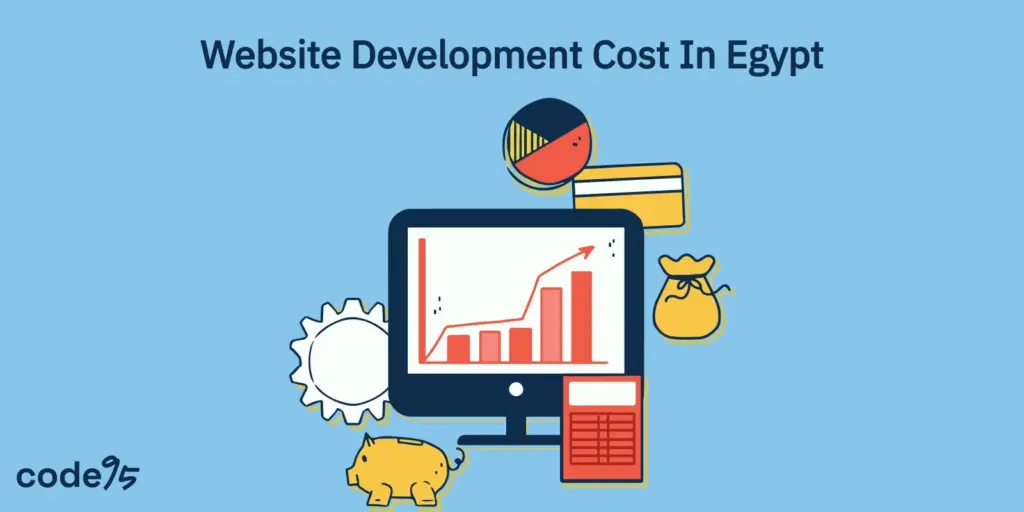
Website Development Cost in Egypt – Plan Your Budget
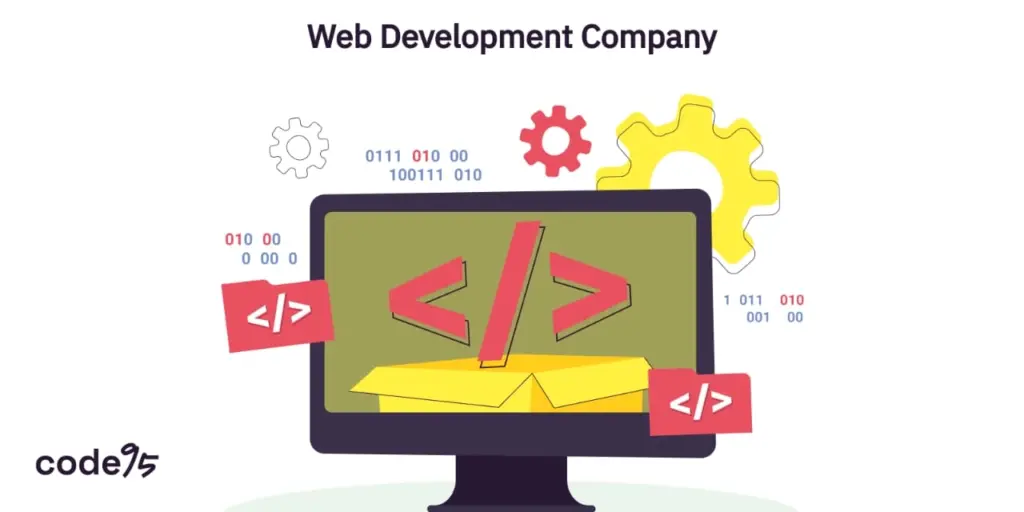
How a Web Development Company Brings Your Vision to Life
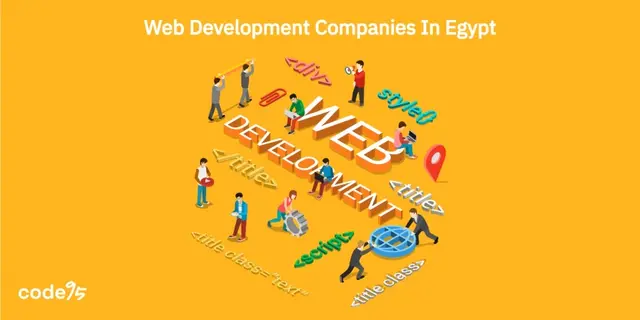
Web Development Companies in Egypt: A Comprehensive Guide

كيف اسوي منصه الكترونية
